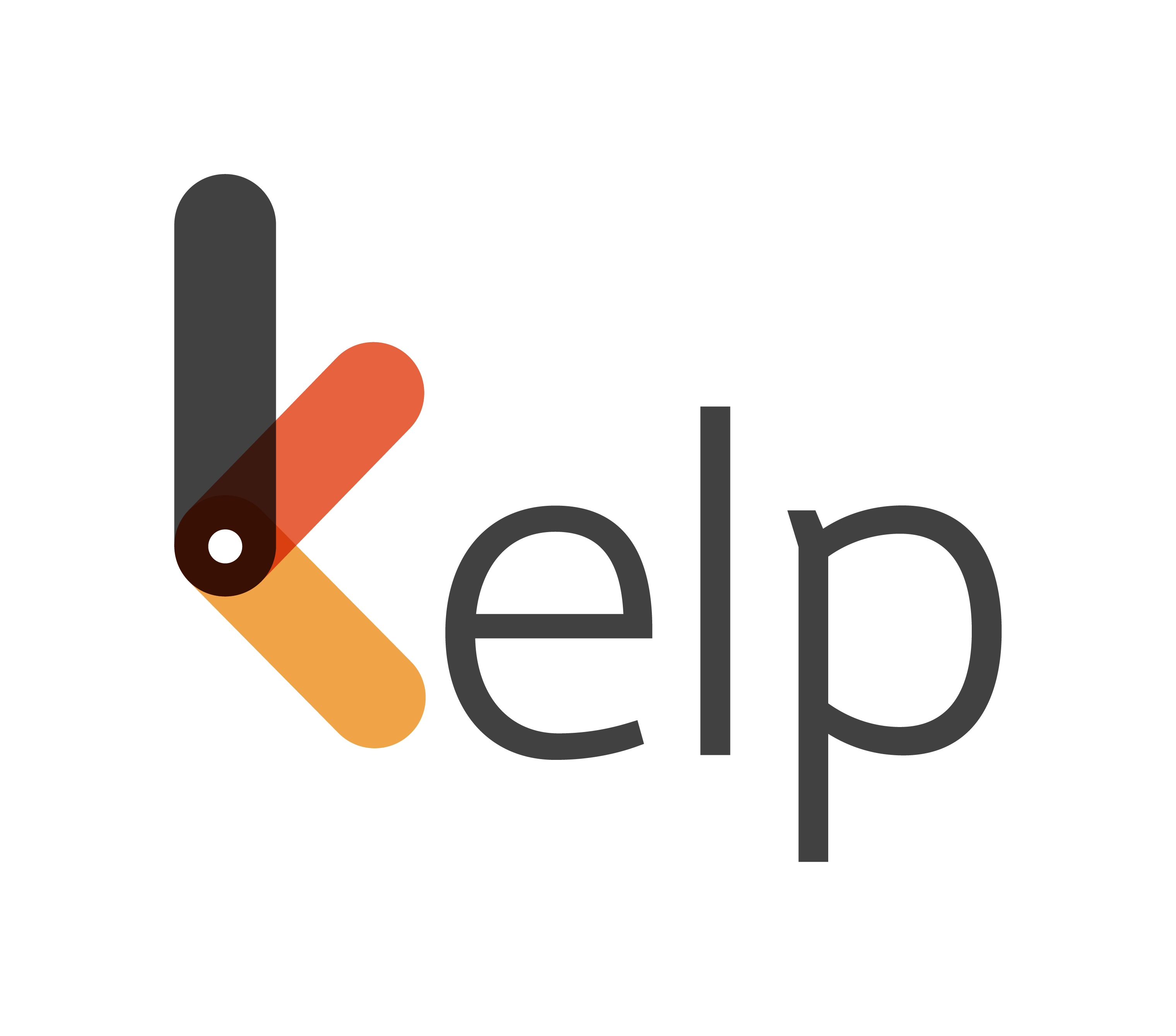![]() Diversity is not a fluffy HR topic anymore. It is a necessity, directly impacting organizational competitiveness. The competitive edge that an organization can obtain, depends on its ability to appreciate the various dimensions of diversity.
Diversity is not a fluffy HR topic anymore. It is a necessity, directly impacting organizational competitiveness. The competitive edge that an organization can obtain, depends on its ability to appreciate the various dimensions of diversity.
Diversity includes respecting and appreciating what makes people different, in terms of age, gender, ethnicity, religion, disability, sexual orientation, education, and national origin.
The more diverse and inclusive a company becomes, the greater is its ability to attract and retain top talent and hence perform better. Research1 by McKinsey states that “companies in the top quartile for racial and ethnic diversity are 35% more likely to have financial returns above their respective national industry medians. Companies in the top quartile for gender diversity are 15% more likely to have financial returns above their respective national industry medians”.
Diversity is now comprehensive in several dimensions:
Socio-Cultural Dimension
- Caste – Discrimination based on caste permeates the social capital of our complex country. Research2 by Thorat et all indicates statistically that even at the job application stage, names that reveal the candidate’s caste plays a role in the chances of being selected at that stage. Educating the workforce and its decision makers to be mindful of these invisible barriers is required in a rapidly changing diverse workforce.
- Religion – Treating an employee unfavourably because of his/her religious beliefs creates a hostile work environment. For instance, an employee not being provided a client facing role or a promotion due to wearing a compulsory religious garment is discrimination. Employers must consider the different religions and their sensitivities while framing fair policies and practices (including work timings and holidays) for a diverse and complex workforce.
- Language – Using a language (for instance, mother tongue) that some in a mixed cohort do not understand, excludes them from the communication and the opportunity it could entail. Organizations cannot afford this subtle discrimination.
Demographic Dimension
- Gender: Diversity of thoughts leads to better decision making. The Catalyst study3 showed that companies with the most women board directors perform 16% better than boards with the least women board directors.
Men and women deserve equal pay, benefits, and opportunities in the workplace. Allowing sexual harassment, discriminatory comments or actions, creates a toxic and self-destructive workplace.
- Age: The outlook, work style and needs of a multigenerational workforce (primarily Gen X, Gen Y and the Millennials) are varied and must be catered to by organizations. Dispelling age-related stereotypes will allow the effective use and flow of potential and talent in an organization that is looking to build diversity at all levels and forms.
- Region of Origin: Like caste, regional identity is a facet of diversity. Large organizations run the risk of internal regional based coteries that exclude others from opportunities. A robust value-based work culture is the antidote.
- Physical Disability: Stereotyping the potential of those with physical disabilities often begins at the recruiting stage itself. Respect, physical infrastructure, and equal opportunities are some of the basic expectations of those with physical disabilities. Companies must make its employees aware of the right attitude towards colleagues with physical disabilities.
- Sexual Orientation: The LGBT (lesbian, gay, bisexual, and transgender) movement has made significant strides in several organizations. Accepting their right to sexual orientation, avoiding discrimination and bullying at the workplace purely due to their sexual orientation has made substantial progress.
While organizations have made progress in promoting diversity, more needs to be done.
Organizations must encourage employees to understand and appreciate the many differences between them and yet strive to cohesively achieve success as ‘one team’. A good place to start is to ensure that employees truly understand the various dimensions of diversity.
________________________________________________________________________________
1 https://www.mckinsey.com/business-functions/organization/our-insights/why-diversity-matters
2 http://www.dalitstudies.org.in/download/wp/0901.pdf
(The ‘Urban Labour Market Discrimination’ research by Thorat et all in 2009 states that ‘Statistically, applications submitted by high caste Hindu names were more likely to result in a positive job outcome than those with Muslim or Dalit names, despite their identical qualifications. The odds of a Dalit being invited for an interview were about two-thirds of the odds of a high caste Hindu applicant. The odds of a Muslim applicant being invited for an interview were about one-third of the odds of a high caste Hindu applicant’).
3 http://www.catalyst.org/knowledge/bottom-line-corporate-performance-and-womens-representation-boards-20042008








